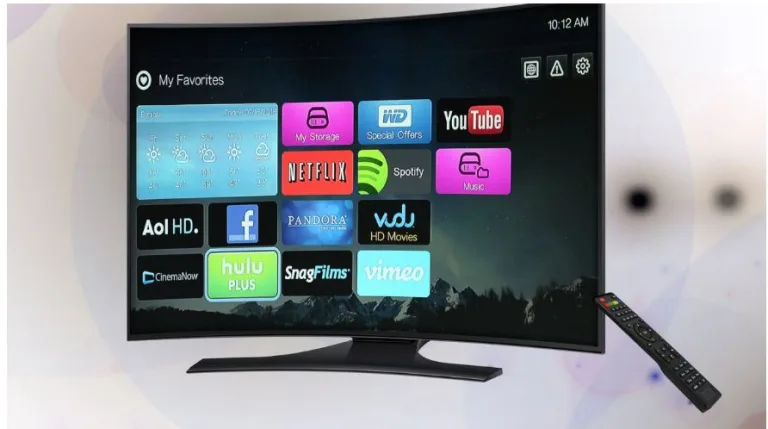Event Seating Plan Generator
Planning an event involves many moving parts, but few tasks are as detail-sensitive as assigning seats. Whether it’s a conference, gala dinner, awards ceremony, charity fundraiser, networking night, or corporate seminar, where people sit can dramatically influence the energy of the entire event. Traditionally, seat assignments were managed with paper diagrams, sticky notes, and spreadsheets—methods that quickly become messy as the guest list changes. Today, modern tools have made things easier, and one of the most powerful among them is an event seating plan generator.
An event seating plan generator is a digital tool designed to create organized, visually accurate seating layouts. Instead of manually adjusting table maps or erasing names from paper charts, planners can simply drag and drop elements and instantly see the changes reflected on the screen. This dramatically reduces the chance of mistakes and eliminates the frustration of constant manual revisions.
The biggest advantage of using such a tool is efficiency. Events rarely go exactly as planned—unexpected plus-ones, late RSVPs, last-minute cancellations, and VIP changes are almost inevitable. With an event seating plan generator, you can reorganize the layout in seconds. This improved agility ensures the planning process remains smooth even when surprises occur close to the event date.
Beyond flexibility, a digital tool also offers superior visualization. With a generator, you can replicate the event venue and model the exact layout, from table shapes and sizes to stage placement and aisle width. This digital mock-up makes it easy to determine whether the room feels too crowded or too empty, how well traffic will flow, and where best to place important guests, sponsors, or speakers. In large venues, this visual clarity is critical—especially for conferences where strategic placement of VIPs, exhibitors, and panelists is essential.
Guest satisfaction is another major reason event planners rely on these tools. Seating is not just about putting people in chairs; it’s about curating experiences. For instance, networking events often seat people from different companies or divisions together to encourage conversation. At fundraising galas, donors might be seated strategically to foster stronger connections with the organization. Conferences may group attendees by industry or session choices. Business dinners may require a sophisticated arrangement to maximize comfort and productivity.
An event seating plan generator simplifies these strategies. Planners can categorize guests by type—speakers, VIPs, sponsors, staff, media, clients, or general attendees—and organize them intelligently. Many tools also allow color-coding or tagging, making it much easier to visualize and balance each table.
Another underrated advantage is collaboration. Event planning rarely happens alone; teams need to communicate. Organizers must share seating layouts with venue coordinators, catering teams, photographers, and sometimes even the guests themselves. Instead of sending screenshots or uneditable PDFs, a digital seating plan can be shared online, ensuring everyone is working with the latest, most accurate version. Real-time updates eliminate confusion and ensure seamless coordination.
When selecting the right event seating plan generator, it’s important to consider key features. A user-friendly interface is essential. Drag-and-drop functionality should feel natural. Table customization options help you match the venue exactly. Guest list imports (CSV, Excel, or manual entry) save time during setup. Filters, tagging, and search tools help manage hundreds or thousands of guest names efficiently. Export options—PDF, image, or shareable link—make communication easier. And finally, mobile responsiveness is crucial for planners working on the go.
Some advanced generators even include automated suggestions. These systems analyze guest categories and propose logical seating arrangements—pairing similar roles, optimizing space, or balancing table capacity. Such intelligent features are especially helpful for large-scale events like conferences where manually reorganizing hundreds of attendees would take days.
Technology has revolutionized the event industry, and the seating process has benefited immensely. Instead of feeling overwhelmed by complex layouts, planners can now create professional, accurate seating charts with confidence. The clarity and control offered by a digital generator allows planners to focus on the creative and strategic components of the event, rather than drowning in repetitive tasks.
If you’re organizing an upcoming event and want a streamlined way to manage seat assignments, consider using an event seating plan generator built to simplify planning, reduce stress, and ensure a smooth experience from start to finish.




